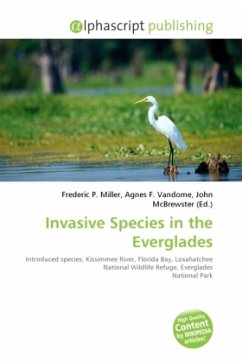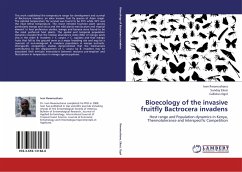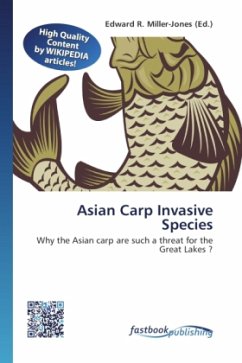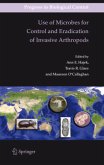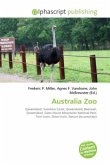Invasive species in the Everglades are exotic plants and animals that have aggressively adapted to conditions in wilderness areas in southern Florida. The Everglades are a massive watershed in the southern portion of the U.S. state of Florida that drains overflow from the vast shallow Lake Okeechobee, that is in turn fed by the Kissimmee River. The overflow forms a very shallow river about 60 miles (97 km) wide and 100 miles (160 km) long that travels about half a mile a day. The network of ecosystems created by the Everglades are surrounded by urban areas to the east in the South Florida metropolitan area, to the west by Naples and Fort Myers, and to the south by Florida Bay, a marine environment that receives fresh water from and is maintained by the Everglades. As it is surrounded on three sides and close to a major transportation and shipping center, it is particularly vulnerable to the importation of exotic species. In the 20th century, Florida experienced a population surgeunparalleled in the U.S., accompanied by rapid urban expansion made possible by draining portions of the Everglades.
Bitte wählen Sie Ihr Anliegen aus.
Rechnungen
Retourenschein anfordern
Bestellstatus
Storno

